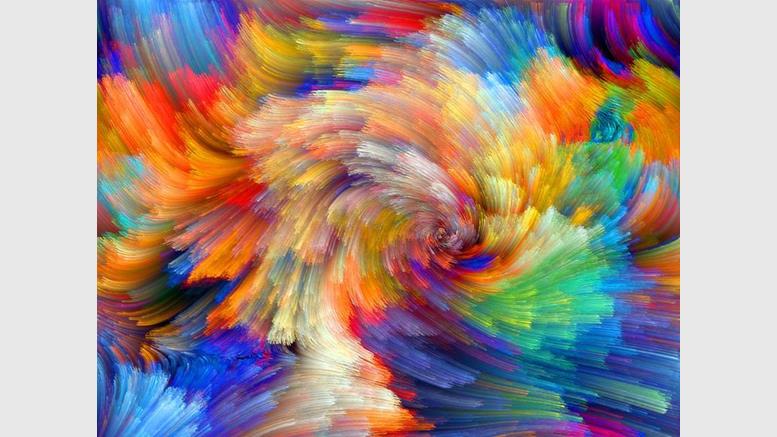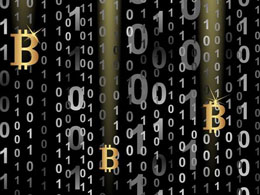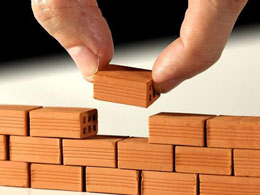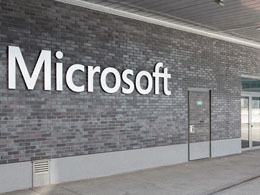
Digital Artwork Becomes Tradeable & Scarce On The Bitcoin Block Chain
Entrepreneur and artist Stephan Vogler wants to change the art world, and he is using Bitcoin to do just that in what's considered by many to be the epicenter of contemporary art, Berlin, Germany. Vogler's novel block chain technology inspired license seeks to change how art is purchased and traded. By creating a system of rights to copyrighted works in digital form, Bitcoin can turn art from mere collector's pieces to limited and tradable virtual goods. Artists have long attempted to make their artwork scarce by creating limited editions of their pieces, as well as numbering the pieces.....
Related News
Monegraph, a collaborative project between a New York University professor and a technologist offers a radical new way for artists to secure digital property - by logging it in the namecoin block chain. To use the service, users sign in to Monegraph via Twitter and choose a URL location of a digital asset, such as artwork. Paying a small network fee via the namecoin QT client results in the Twitter account and URL being placed on the block chain. Kevin McCoy is the NYU professor that worked with Anil Dash to create Monegraph. An artist himself, McCoy said he had considered building....
Bitcoin was designed to be a decentralized and trustless payment network - with the power to do this provided by the block chain and its ability to publicly confirm the digital currency's digital transactions. Rather contentiously, however, as the bitcoin economy expands, more and more transactions are being carried out off the block chain. Such transactions are tracked on private databases instead of the block chain, and cannot be publicly tracked. There are pros and cons to both systems. So, which are better? Off-block chain or on-block chain transactions? Visible payments. Legitimate....
A Block Parser reads the Bitcoin block chain. There is no encryption of the data stored in the block chain. Bitcoin is a pseudonymous system. Meaning, ECDSA key pairs are used to abstract the identity of users. However, the binary data in the block chain can be read. The block chain is a transaction database. Every full node participating in the Bitcoin network has the same copy. The Bitcoin protocol dictates its structure and is the means through which each node maintains a duplicate copy. Overall, the block chain is just a data structure for storing blocks. The block chain stores blocks....
Brian Forde // Twitter. Brian Forde from the MIT Media Lab believes that the block chain and related technologies may serve to remind the government that they need to become more transparent and open. Forde's Digital Currency Initiative is specifically looking into ways that the block chain can be a force for social good. According to him, the block chain can be used to distribute social welfare. Forde thinks that some of the best innovations will come from the developing world, as their banking infrastructure is not as strong, and they can come up with stronger, more creative uses of the....
Nasdaq hasn't been around Bitcoin's Block Chain very long, but they like what they see and are moving to integrate fully with its innovations. The new technology the block chain provides intrigues Nasdaq enough to begin a larger integration with their product portfolio, and the ability to make new offerings for their clientele. In the second half of 2015, this will allow Nasdaq to create a block chain-enabled digital ledger program for the expansion and enhancement of the Nasdaq Private Market platform. NASDAQ Expands Use of Bitcoin's Block Chain Technology. Their implementation of the....





